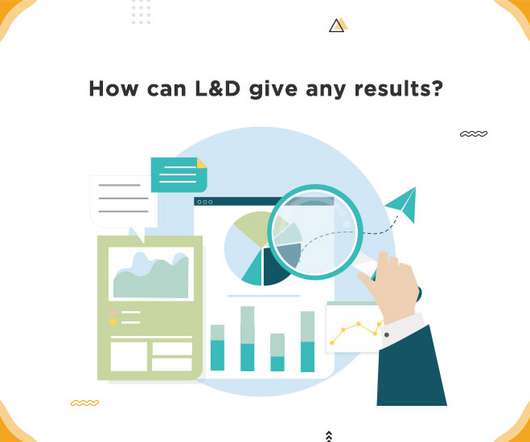To “Kirkpatrick” or not to “Kirkpatrick”, that is the Question (or is it?)
Learning Rebels
APRIL 20, 2015
To “Kirkpatrick” or not to “Kirkpatrick”, that is the question. Many a person has debated the Kirkpatrick evaluation taxonomy. To name a few: Dan Pontefract: Dear Kirkpatrick’s: You Still Don’t Get It (a personal favorite). Jane Bozarth: Alternatives to Kirkpatrick .

























Let's personalize your content